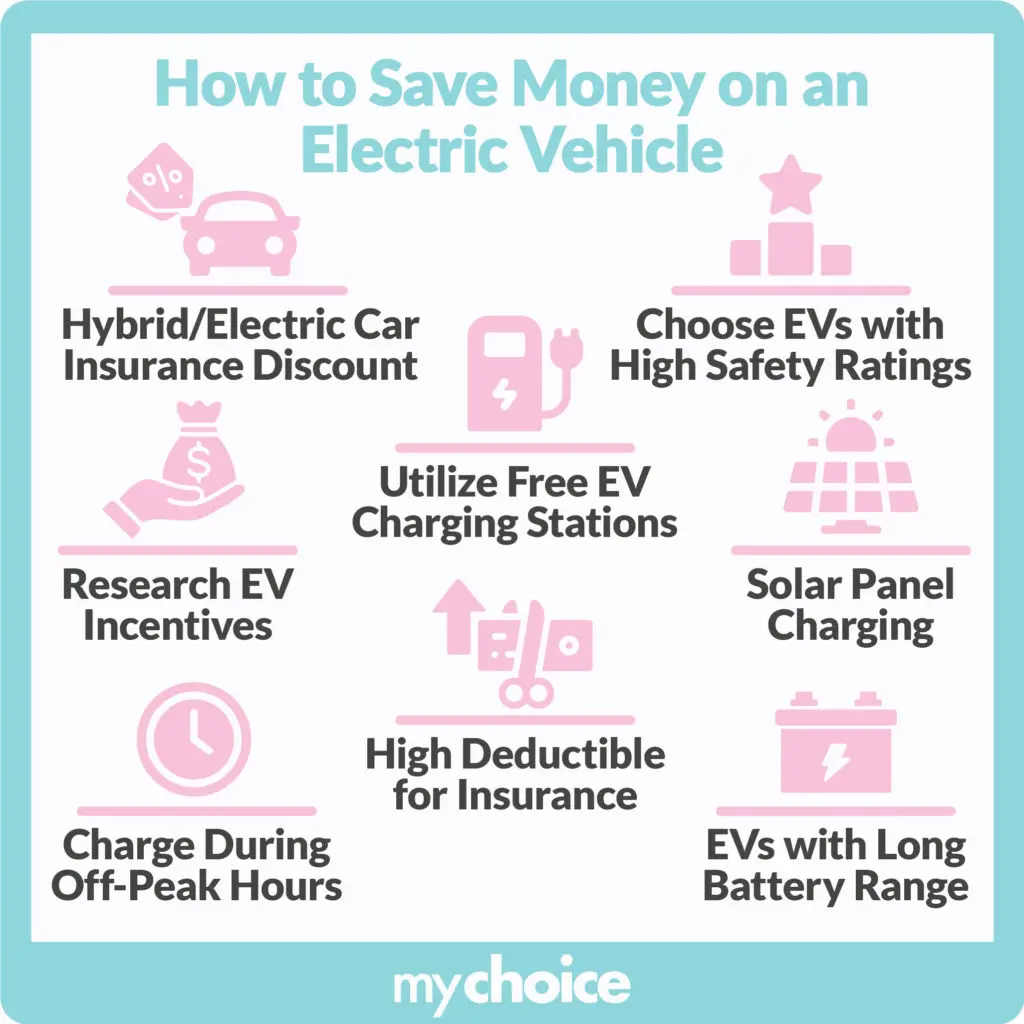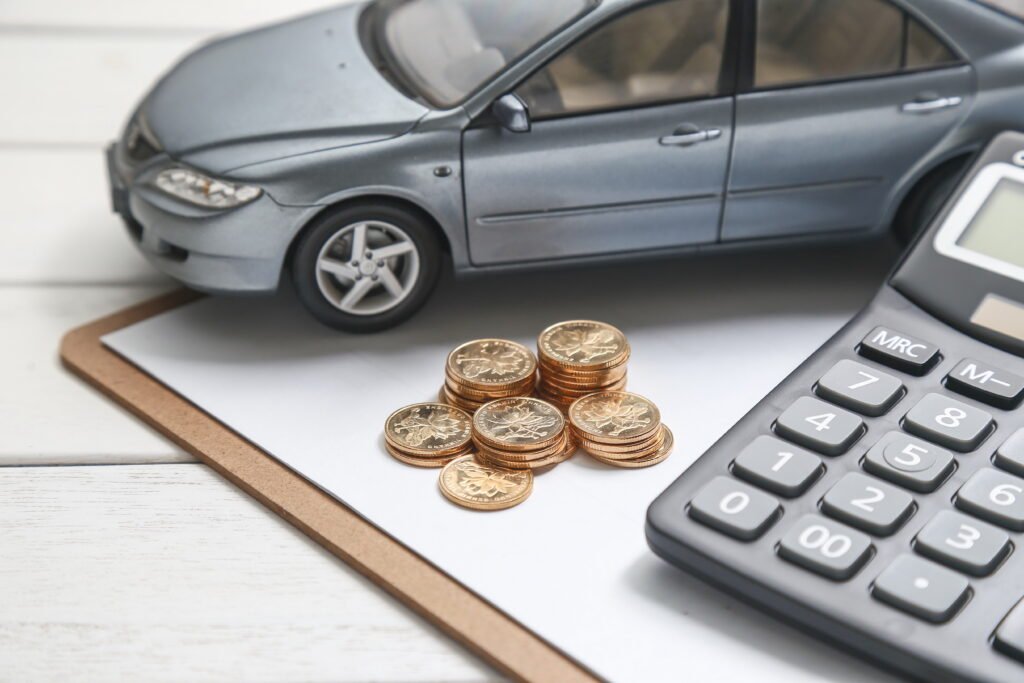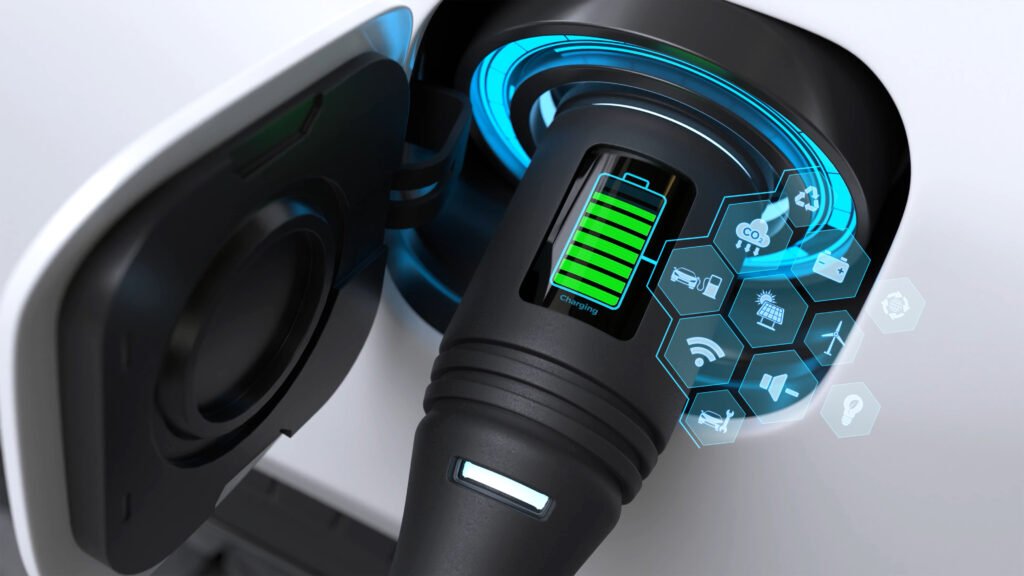How to Save Money on EV Charging: 7 Unexpected Tricks
Electric vehicle owners often discover that charging costs can add up faster than expected, especially when relying on public charging networks. While EVs are generally cheaper to operate than gas cars, smart charging strategies can slash your electricity bills by 50% or more.
Most EV guides focus on obvious tips like charging at home overnight. But experienced EV owners have discovered clever loopholes and lesser-known strategies that can dramatically reduce charging costs. Here are seven unexpected tricks that could save you hundreds of dollars annually.
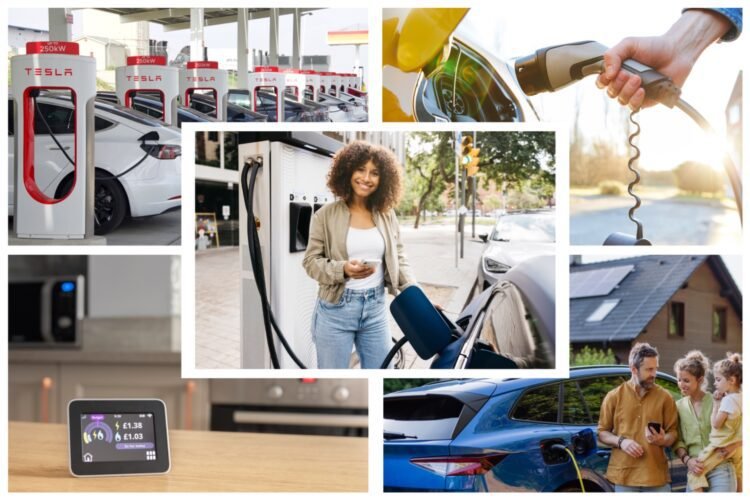
1. Master Time-of-Use Rate Switching (Save $500+ Annually)
The Hidden Opportunity: Most utility companies offer time-of-use (TOU) electricity rates, but many EV owners never switch from standard flat-rate billing. This single change can cut your home charging costs by 40-60%.
How It Works: TOU rates charge different amounts based on demand. Off-peak hours (typically 11 PM to 7 AM) cost 15-25 cents per kWh, while peak hours can reach 45-55 cents per kWh in expensive markets like California.
The Unexpected Trick: Call your utility and ask about their EV-specific TOU rates—many offer special EV plans with even deeper off-peak discounts. Pacific Gas & Electric’s EV-B rate offers electricity for as low as 12 cents per kWh during off-peak hours.
Real Savings Example: A Tesla Model 3 owner in San Diego switched from flat-rate (32¢/kWh) to TOU billing (16¢/kWh off-peak) and reduced their annual charging costs from $1,200 to $600—saving $600 yearly with zero lifestyle changes.
Pro Tip: Use your car’s built-in scheduling to charge only during off-peak hours. Most EVs can start charging automatically at your utility’s cheapest rate window.
2. Exploit Free Charging Networks You Never Knew Existed
The Hidden Network: While Tesla Superchargers and Electrify America dominate headlines, hundreds of businesses offer free charging that most EV owners never discover.
Unexpected Free Charging Locations:
- Volvo dealerships: Many offer free charging to any EV owner, not just Volvo customers
- Whole Foods: Free 2-hour charging at many locations
- IKEA: Free charging while you shop (often 2-4 hours)
- Many banks: Credit unions and community banks offer free charging as customer perks
- Government buildings: City halls, libraries, and courthouses often have free charging
- Religious institutions: Many churches and temples offer free charging during services
The Research Trick: Use apps like ChargeHub or PlugShare and filter by “free” charging. Then cross-reference with Google Maps to find clusters of free chargers near your regular destinations.
Strategic Planning: Plan errands around free charging locations. Getting groceries at Whole Foods while charging free for 2 hours beats paying $15 at a fast-charging station.
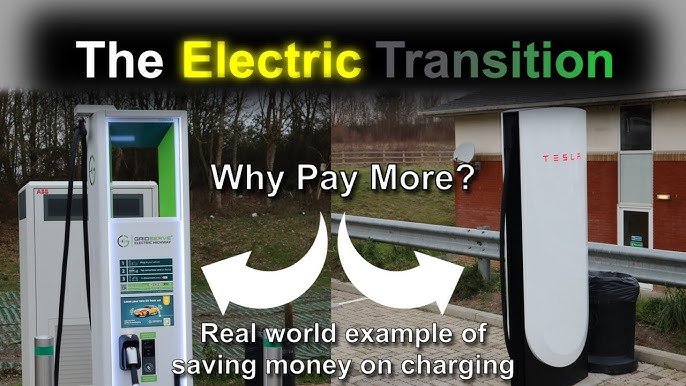
3. Gaming Membership Programs for Maximum Savings
The Loophole: Many charging networks offer membership programs, but the real savings come from stacking memberships strategically.
Electrify America Hack: The Pass+ membership ($4/month) reduces charging costs by $0.12/kWh. If you charge 200 kWh monthly on their network, you save $24 monthly against the $4 membership fee—netting $20 in savings.
The Unexpected Strategy: Sign up for multiple network memberships during promotional periods. ChargePoint, EVgo, and Blink regularly offer first-month-free promotions that you can rotate through.
Corporate Discounts: Many employers offer corporate discounts for charging networks. Ask your HR department—some companies provide 25-50% discounts on charging memberships as employee benefits.
Credit Card Rewards: Use credit cards that offer bonus rewards for gas station purchases—many classify charging stations as gas stations, earning you 3-5% cashback.
4. The “Charge Splitting” Strategy
The Concept: Instead of charging to 100% in one session, split charging between free/cheap locations and paid fast-charging only when necessary.
How It Works:
- Charge to 80% at home or free locations
- Use paid fast-charging only for the final 20% when road-tripping
- This exploits the fact that charging speeds (and often costs) increase for the first 80% of battery capacity
Real-World Example: Rather than paying $25 for a 10-80% charge at a highway Supercharger, charge to 60% at a free destination charger, then pay $8 for the final 60-80% at the fast charger.
Advanced Technique: Use apps like A Better Routeplanner (ABRP) to identify the cheapest charging combination for long trips, mixing free, cheap, and fast options strategically.
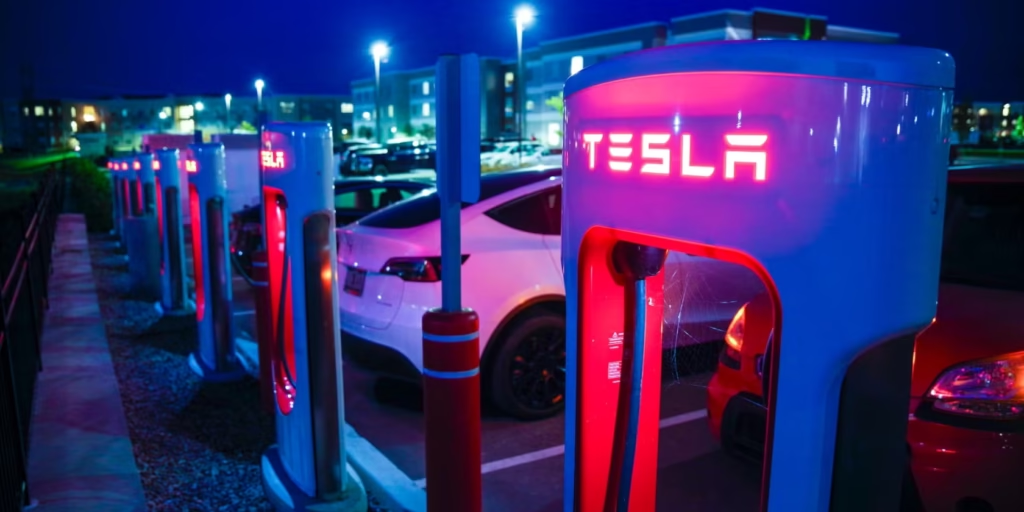
5. Seasonal Rate Arbitrage
The Hidden Pattern: Electricity rates fluctuate seasonally in many markets, but few EV owners adjust their charging habits accordingly.
Winter Savings: In many regions, electricity demand drops in winter, leading to lower rates. This is the perfect time to charge an EV rather than using heating oil or expensive natural gas heating.
Summer Strategy: In hot climates, electricity peaks during summer due to air conditioning demand. Combat this by:
- Charging during early morning hours (4-6 AM) when demand is lowest
- Pre-cooling your EV while plugged in to reduce battery thermal management during driving
The Arbitrage Opportunity: Some advanced EV owners install larger home batteries (like Tesla Powerwall) to buy electricity during the cheapest rate periods and use stored power during expensive peak hours.
6. The “Destination Charging” Lifestyle Shift
The Mindset Change: Instead of thinking “where can I charge my car,” think “where can I spend time while my car charges for free.”
Unexpected Long-Duration Free Charging:
- Movie theaters: 2-3 hours of free charging during a film
- Gyms: Many fitness centers offer free charging for members
- Shopping malls: Extended shopping trips with free charging
- Restaurants: Dinner charging at restaurants with charging stations
- Hotels: Many hotels offer free charging even for non-guests using their restaurants
The Planning Shift: Build your social and recreational activities around locations with free charging. Meet friends at restaurants with charging stations, choose gyms that offer free charging, and book hotels with free EV charging.
Advanced Strategy: Use destination charging as a social differentiator. Suggest meeting locations based on their charging availability—friends will appreciate the thoughtfulness.
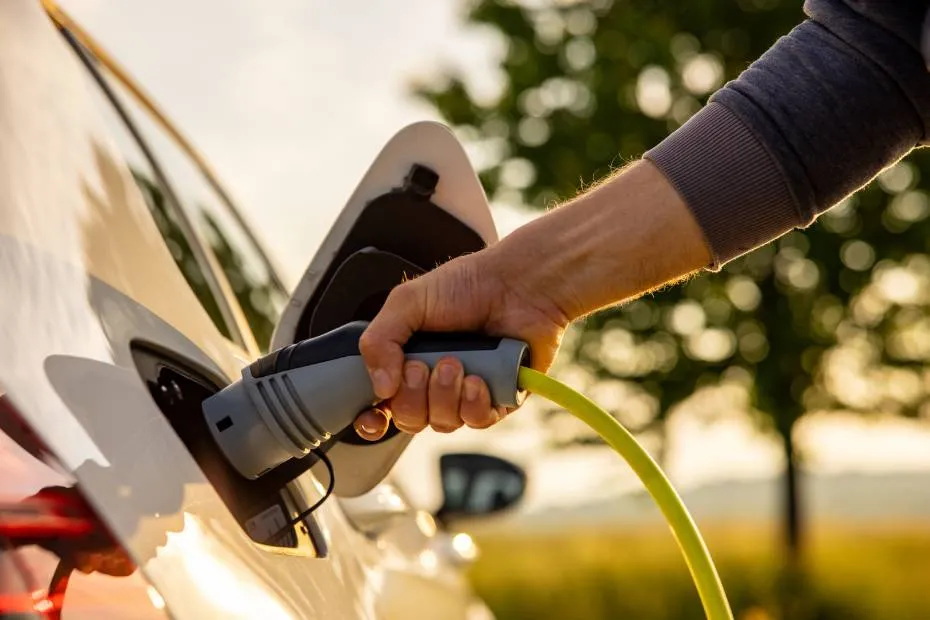
7. Peak Demand Charge Avoidance
The Hidden Fee: Many commercial and some residential customers face “demand charges”—fees based on your highest 15-minute electricity usage period during a billing cycle.
The Problem: If you charge your EV at maximum speed (like 48 amps on a Level 2 charger) while running air conditioning, you might trigger massive demand charges that can add $50-200 to your monthly bill.
The Solution: Smart charging management that spreads electricity usage across time.
Unexpected Tools:
- Smart EV chargers: Devices like ChargePoint Home Flex or Wallbox Pulsar Plus can automatically reduce charging speed when home electricity demand is high
- Whole-home energy management: Systems like Sense or Emporia Vue monitor total home electricity usage and can pause EV charging during peak home demand periods
Manual Strategy: Never charge your EV while running major appliances (dryer, air conditioning, electric heating). Stagger usage to avoid demand charge triggers.
Advanced Technique: Install a smart panel like Span or Leviton that automatically manages your home’s electrical loads to prevent demand charge spikes.
Bonus Strategy: The Tax Credit Timing Game
The Opportunity: Time your EV purchase and charging infrastructure installation to maximize federal and state tax credits.
Federal Credits:
- 30% federal tax credit for home charging equipment installation (up to $1,000)
- Many states offer additional rebates for home charging stations
The Timing Trick: Install your home charging station in the same tax year as your EV purchase to claim both credits simultaneously, maximizing your tax benefit.
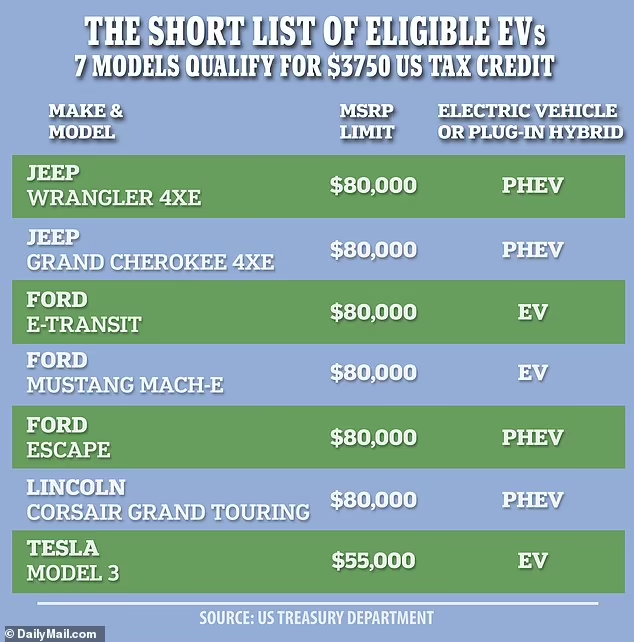
Real-World Savings Summary
Conservative Annual Savings by Strategy:
- Time-of-use rate switching: $300-600
- Free charging network utilization: $200-400
- Membership program optimization: $100-300
- Charge splitting strategy: $150-250
- Seasonal rate management: $50-150
- Destination charging lifestyle: $200-500
- Demand charge avoidance: $100-400
Total Potential Annual Savings: $1,100-2,600
The Bottom Line
Smart EV charging isn’t just about finding the cheapest electricity—it’s about restructuring your daily routines around charging opportunities. The most successful money-saving EV owners treat charging like a game, constantly optimizing their strategies and discovering new opportunities.
Start with the easiest wins: switch to time-of-use billing and identify free charging locations near your regular destinations. Then gradually implement more advanced strategies as you become comfortable with EV charging patterns.
Remember, every dollar saved on charging is a dollar you can put toward your next EV upgrade—and with these strategies, that upgrade might come sooner than you think.

